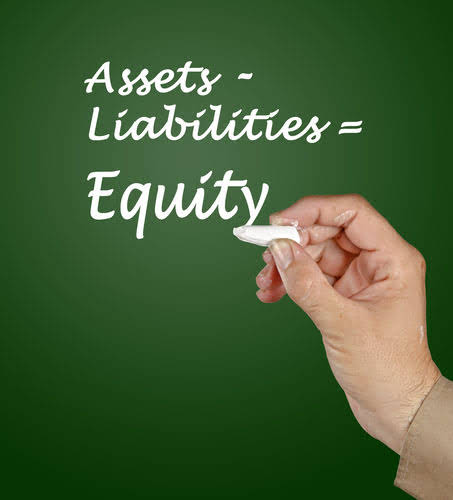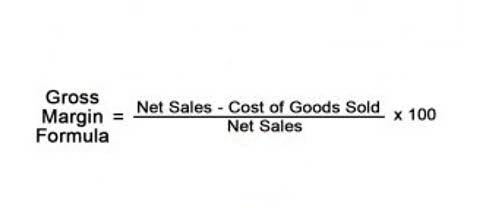
They are simply checks that have not yet been cashed or deposited at a financial institution. Since they are still outstanding, the payor (the entity that issued the check) should keep enough cash in their account so they can pay all outstanding checks. The payee, or recipient, should take steps to retained earnings deposit outstanding checks as quickly as possible to avoid the risk of their becoming void. Outstanding checks are important in the reconciliation of a company’s bank statement.

COMPANY

The process of identifying outstanding checks is integral to maintaining the integrity of a company’s financial records. It begins with meticulous bookkeeping, where all issued checks are logged with details such as the check number, date, payee, and amount. This register becomes a foundational tool for tracking the lifecycle of each check. Accountants must regularly compare the check register against the bank statement to spot discrepancies.
Best Practices for Managing Outstanding Checks
You would then mark this check as outstanding and follow up with the supplier to ensure they received it and understand why it hasn’t been deposited. At Eisen, we are committed to simplifying the escheatment process for financial institutions. Our Escheatment Hub automates key aspects of managing outstanding checks, ensuring effortless and reliable compliance. Here are some of the features that make Eisen an invaluable partner in your compliance efforts.
Stop Payment
Knowing how to stop payment on a check is useful as well if you wish to void an outstanding check (more on this below). An outstanding check can also mean that a check was deposited at a bank but is still going through the process of clearing. This means it is en route to becoming available funds in the payee’s bank account, but it’s just not quite there yet. An outstanding check remains a Medical Billing Process liability of the payer until such time as the payee presents the check for payment, which then eliminates the liability. Once such checks are finally deposited, they can cause accounting problems. Furthermore, checks that are never cashed may constitute “unclaimed property” that is turned over to the state.
- If the check is not cashed until January, the company’s December cash balance will appear $10,000 higher, potentially affecting decisions made based on year-end financial statements.
- Once such checks are finally deposited, they can cause accounting problems.
- Below, we outline the crucial stages of managing outstanding checks through escheatment.
- Best practices for managing and clearing outstanding checks include regular bank statement reconciliation, promptly voiding or canceling unused checks, and maintaining proper record-keeping.
- In U.S. accounting textbooks, every check that has not been cleared is termed an outstanding check.
• In business bank accounts, outstanding checks can cause hiccups in accounting if not tracked well. When dealing with outstanding checks, you may wonder if there’s a limit on how long someone has to cash a check. Knowing when a check expires is an initial step before deciding whether to write a new check. If a check is outstanding for less than six months, you generally don’t want to write a new one.
Step-by-Step Guide to Identifying Outstanding Checks
This typically includes sending written notices to the payee’s last known address within a specified outstanding checks time frame prior to escheatment. Unclaimed checks fall under the “escheatment process,” where you identify, report, and remit unclaimed property if it lies dormant for too long. An outstanding check doesn’t cost anything beyond the paper it’s printed on.

In that case, the payor must immediately inform its bank to stop the payment of a check. Therefore, companies must perform regular bank reconciliations of outstanding checks to catch discrepancies early and maintain accurate financial records. Accountants must track outstanding checks and adjust cash balances accordingly. This requires a reconciliation statement that identifies all outstanding checks and other items such as bank fees or errors.